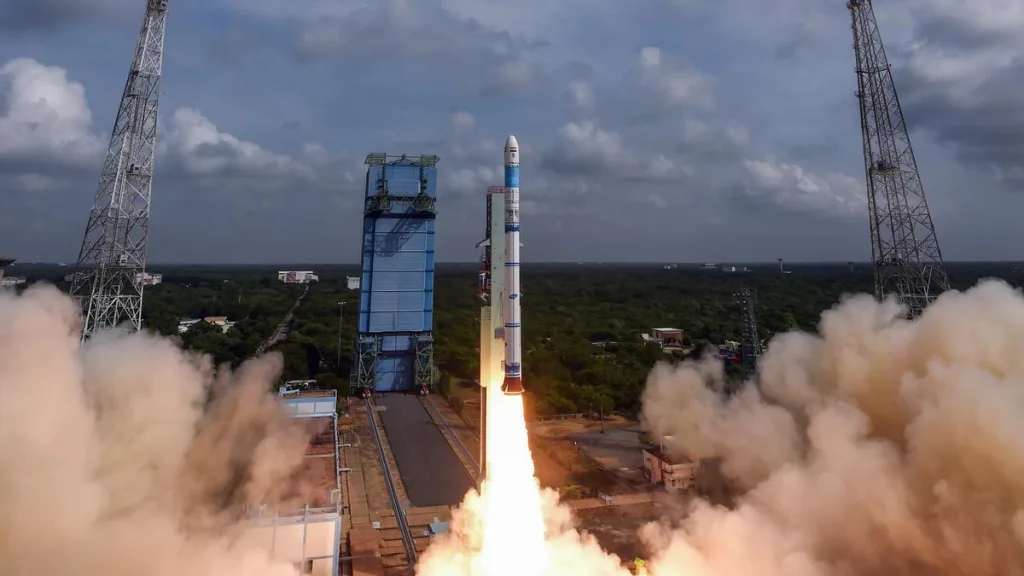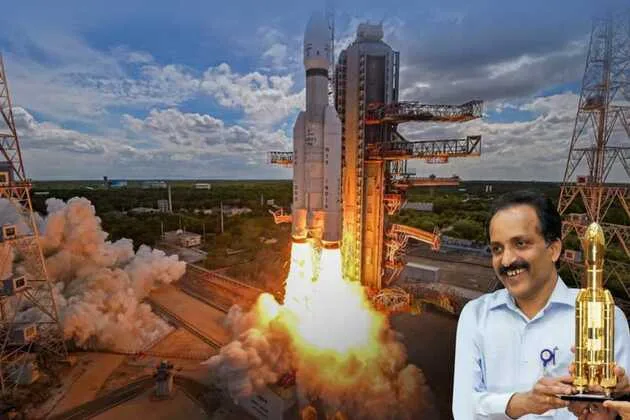India’s space program is proving to be more than just a source of national pride—it’s become a profitable investment that’s transforming the country’s economic landscape. According to former ISRO Chairman S Somnath, for every rupee spent by the Indian Space Research Organisation (ISRO), it yields a return of Rs 2.54 in value, making it one of the most lucrative government investments in the country.
Table of Contents
The Space Startup Revolution
The transformation of India’s space ecosystem has been nothing short of extraordinary. While there was only one space startup in India before 2014, today more than 250 companies are actively developing rockets, preparing for missions, and building satellites. This represents a 25,000% growth in just one decade, showcasing India’s rapid emergence as a global space technology hub.

India’s Space Ecosystem Growth at a Glance
| Metric | 2014 | 2024 | Growth Rate |
|---|---|---|---|
| Space Startups | 1 | 250+ | 25,000% |
| ISRO Investment Returns | – | ₹2.54 per ₹1 | 254% ROI |
| Government Space Budget | ₹80.45 billion | ₹124.7+ billion | 55% increase |
| Private Space Companies | 54 (2020) | 400+ (2024) | 640% growth |
Government’s Strategic Investment Push
The Indian government has recognized the sector’s potential and responded with unprecedented support. The Union Cabinet approved setting up of Rs.1000 crore Venture Capital Fund dedicated to space sector, under aegis of IN-SPACe in October 2024. This massive investment demonstrates the government’s commitment to scaling India’s space capabilities and supporting the thriving startup ecosystem.
The numbers speak for themselves: in 2023 alone, space startups attracted investments worth Rs 1,000 crore, while over 450 MSMEs and more than 50 large companies are now actively contributing to the space sector.
Economic Impact Beyond the Numbers
The economic returns extend far beyond direct investment returns. India’s space program has created a ripple effect across multiple sectors, from telecommunications and agriculture to disaster management and navigation services. The technology developed for space missions has found applications in everyday life, contributing to the country’s digital transformation.
The space sector’s growth has also positioned India as a cost-effective alternative for global satellite launches, with ISRO’s commercial arm, Antrix Corporation, generating significant foreign exchange earnings through international satellite launches.
Innovation Ecosystem Thriving
The startup ecosystem is developing cutting-edge solutions across the space value chain. Companies are working on everything from satellite manufacturing and rocket development to space applications and services. This diversity ensures that India is building capabilities across the entire space technology spectrum rather than focusing on a single area.
The collaboration between ISRO and private companies has accelerated innovation. Some startups have often approached ISRO with prototypes for testing and evaluation, creating a symbiotic relationship that benefits both the public and private sectors.
Future Projections and Global Positioning
India’s space economy is poised for exponential growth. The government aims to increase India’s share in the global space economy significantly by 2030. With the current momentum, India is well-positioned to become a major player in the global space market, competing with established space powers while maintaining its cost advantage.
The success of missions like Chandrayaan-3, which made India the fourth nation to safely land on the Moon, has further enhanced the country’s reputation in the global space community, attracting international partnerships and investments.

Challenges and Opportunities Ahead
While the growth trajectory is impressive, the sector faces challenges including the need for skilled workforce, regulatory frameworks, and increased funding. However, with the government’s approval of a 10 billion rupee fund to support space startups and plans to expand India’s share of the global commercial space market by 2033, these challenges are being systematically addressed.
The space sector’s success story demonstrates how strategic government investment combined with private sector innovation can create a thriving ecosystem that delivers both economic returns and technological advancement.
For more insights on India’s technology sector and space innovations, explore our comprehensive coverage at TechnoSports Space & Technology.
Sources: Organiser, ISRO Official, PIB India
Frequently Asked Questions
Q: How does India’s space program achieve such high returns on investment?
A: India’s space program achieves a 254% return through multiple revenue streams including commercial satellite launches, technology transfers to other sectors, job creation, and indirect economic benefits from space-based services like GPS, weather forecasting, and telecommunications. The cost-effective approach of Indian missions also attracts international clients, generating foreign exchange earnings.
Q: What factors contributed to the dramatic growth from 1 to 250 space startups since 2014?
A: The growth was driven by policy reforms that opened the space sector to private participation, increased government funding and support, establishment of IN-SPACe as a regulatory body, successful ISRO missions boosting confidence, and the global recognition of India’s cost-effective space capabilities. The government’s recent ₹1,000 crore venture capital fund will further accelerate this growth.








